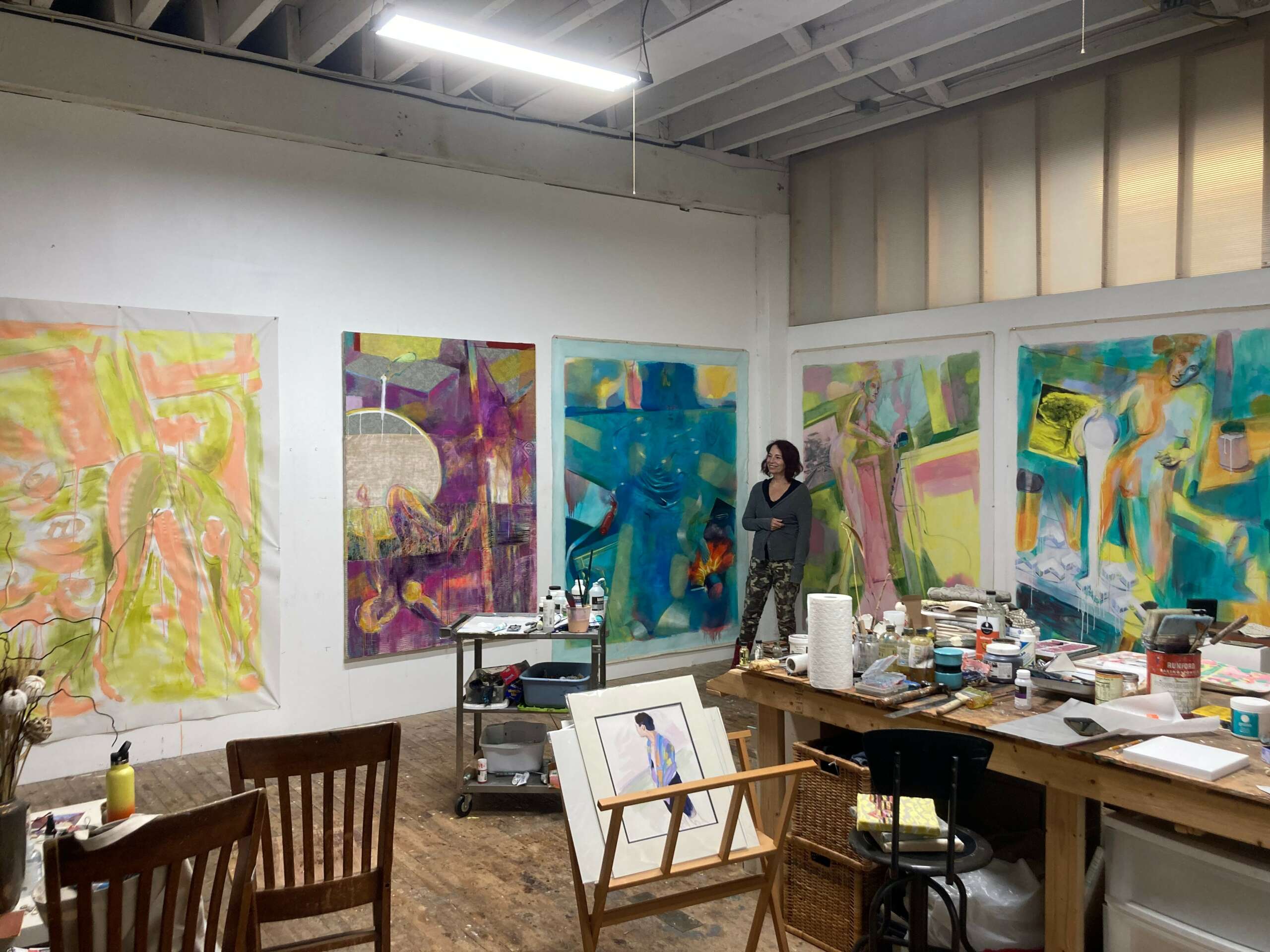We recently connected with Nancy Ring and have shared our conversation below.
Alright, Nancy thanks for taking the time to share your stories and insights with us today. Can you talk to us about a project that’s meant a lot to you?
I love the topic of “meaningful projects” because I believe that work is one of the things that gives life meaning, and I absolutely feel that way about my artwork and writing. While all my projects involve concepts that I have thought deeply about – primarily painting projects – two performance and multi-media projects in particular come to mind immediately: “Everyone I’ve Ever Fed” 2014 and “Bread for Peace” 2010. Both of these culinary inspired projects are meaningful in terms of my background as the descendent of an immigrant family who moved in order to survive, taking old foodways and beliefs with them as identifiers. I worked as a pastry chef for four years to support my painting, a longer story that is detailed in my book “Walking On Walnuts” (Bantam 1996) about the experiences of a professional artist working in the professional kitchen. Out of those experiences came “Everyone I’ve Ever Fed”, an oversized fabric sculpture of an apron twelve feet high by fifteen feet wide. Conceived as an ongoing interactive installation, the fabric was given to me by the community of people I’ve fed. When it was shown at the former 73 See Gallery in Montclair, N.J., it continued to grow with fabric that viewers brought to me to exchange for food. Food was also donated to the project for me to share with those in need. I had bags and bags of food that I brought to the local food pantry which made my heart sing. This first iteration of the apron, which was eventually destroyed in a flood, represents both the beauty and the burden of what is commonly called “women’s work.” Though by no means gender specific, it addresses questions about the way that work outside the home and work within it are perceived and valued. “Everyone I’ve Ever Fed,” in shape and size manifests physically the huge weight of the legacy of women’s work and a domestic life that never fit me as an artist, but to which I owe a debt of gratitude. I plan to remake it at some point. I dedicate it to my mother, Dorothy Ring, who is turning 97 this year. “Bread for Peace” 2010, was originally performed in Philadelphia at the University of the Arts where I was proudly a Masters of Fine Arts candidate in Painting, having returned to school in my 50’s after a divorce. “Bread for Peace” is a performance piece that I wrote as an Iraq war protest but which sadly remains relevant today with ongoing war globally. While baking a challah bread that is deliberately left half-unbraided to speak to the unraveling of the world, I compare the price of ingredients for making life-sustaining homemade challah bread to the prohibitive cost of war. At the end of the performance, I tear off pieces of the freshly baked bread and throw it to audience members to partake. My current work in painting is created in response to the state of the world today, and while the viewers and readers of my work may like knowing the meaning behind my pieces, it really isn’t necessary. I always invite each viewer to bring their own stories to the work as well, since for each viewer, meaning will be constructed differently.
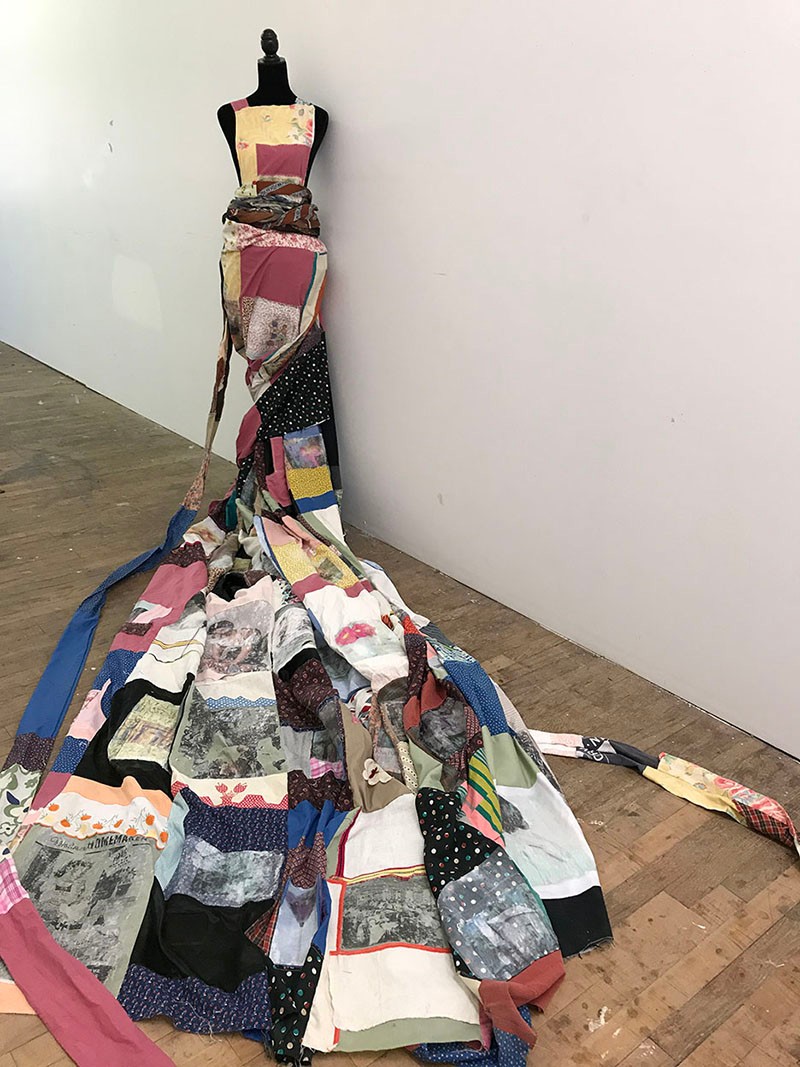
![]()
As always, we appreciate you sharing your insights and we’ve got a few more questions for you, but before we get to all of that can you take a minute to introduce yourself and give our readers some of your back background and context?
By the age of eight, I told anyone who would listen that I was an artist. I had an intensely visual experience of the world from a very young age and loved artistic processes. I first experienced an appreciation of the handmade from makers in my family, particularly the women who knitted, tatted, crocheted, embroidered, baked and cooked, taking their time to make fine handmade objects that all bore the print of the maker and the obvious signs of hours and hours of careful, patient craft. Even the recipes, handed down to me, an avid baker, were handwritten, with the fingerprints and notations of the pastry maker preserved as a valued part of the inheritance. I grew up on stories of strong ancestors who survived hardships with imagination and persistence, tools that as an artist I count among my most essential. Today I have a busy studio and teaching practice based in a studio building where more than 60 artists are housed.
As an interdisciplinary visual artist, published poet and author, my work is conceptually driven, using the mediums that best serve the concept. A common theme in my work is interiors: physical interiors such as rooms, interior states of being communicated through figurative works, interiors like heartlands and depths. In my life, the old ways, inseparable from a prescribed life of domesticity, were passed down generation to generation from ancestors who survived hardship and loss, especially during the Holocaust, with persistence and imagination.
What sets me apart from others is the fact that I am a published poet and author as well as a painter and former pastry chef. I also work in a variety of styles including realist pastel drawing with an emphasis on light and color. Often my work includes my poetry. I’m also developing a style of figurative works in semi-abstract spaces with an emphasis on painterly surface that are a response to the state of the world and informed by my interest in transparency, layering and translucency. This interest led me to create artworks painted in a Flemish old master technique of an under-painting in grays finished with transparent glazes of color painted in layers like sheets of colored glass. Sometimes I skip the “dead layer,” the under-painting in grays. Instead, I begin with the glazes right on the surface. The light passes through the layers creating the color; for instance, where there is green, it’s created by a pure yellow and a pure blue glazed in separate layers, each one taking up to 24 hours to dry. My paintings can have ten to twenty layers of glazes. The end result is a shiny, translucent enamel-like surface suffused with a kind of glow.
The problem I believe I solve for my collectors, curators and viewers is helping them find the artwork that they love and want to show in their spaces or own. Art is such a personal experience, and connecting with an artwork goes very deep. The relationship that an appreciator has when being present with an artwork is mysterious and fascinating, and I like to think that I have a way of helping people connect with art on a personal level. I am always available for studio visits, whether a sale is in the conversation or not. The conversations themselves are so important, especially when the work opens the door for dialogue about pressing issues today of which there are so many.
What I’m most proud of about my work is that I create individual pieces that are related like film stills or lines of a poem. Size of artworks depends on the needs of the work itself, not limiting constraints. Materials are chosen to support the concept. Poetic concerns are tantamount: to surprise viewers with mystery and the unexpected, to suggest multiple interpretations, to resist the viewer and encourage entering the work imaginatively. I’m also proud of my teaching practice in analog film photography, a slow and meditative process taught to me by father who had a darkroom in our childhood home basement, and I teach painting and drawing. Teaching is something that many artists do because we humans naturally want to share what we love. I’m proud to inspire a younger generation of artists since art heals, and the world needs more makers and appreciators. The main thing I want viewers and followers to know about me and my work comes from a former mentor who called me an “intimist”, a word she coined because she understood my obsession with detail and the intimate small moment that also has the potential to contain the vast. As a woman and an artist, I will always be asking my essential question: “How can I stay connected to the past without being held back by it when the world today asks for so much more from us?”
![]()
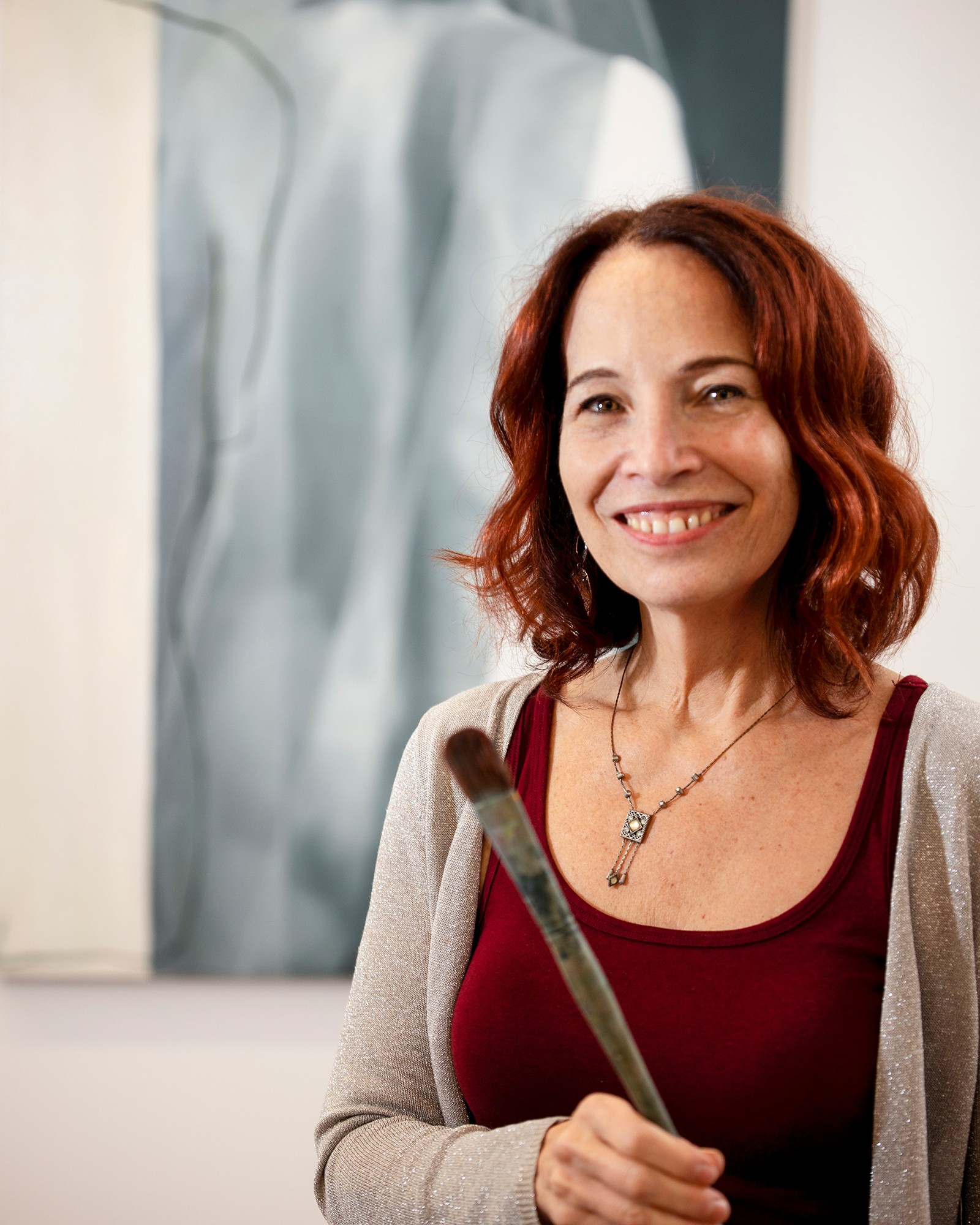
Learning and unlearning are both critical parts of growth – can you share a story of a time when you had to unlearn a lesson?
A lesson I had to unlearn and am still unlearning is letting go of my belief that I would know and understand completely what my work was about and where it came from. I discovered this from reading and writing poetry mostly. So much of creating comes from the subconscious, and we as makers are only vaguely aware of its origins. This was brought home to me first by a mentor who handed me a book of W.S. Merwin’s poetry while I was struggling with some paintings I was making at the time. I said, “Why are you giving me poetry? Aren’t you going to say anything about my paintings?” She only replied briefly, “Read the poems.” I came back the next week for her feedback, and the next, and she always asked me what I thought about. I once finally said, “Well the poem, “The Annunciation” touched me because there is a lot of light and darkness described, and that’s what I’m thinking about too.” She only replied again, “Keep reading the poems.” I was completely baffled. What was I supposed to be looking for? Then I remembered my experience with poetry before I met her when I was first divorced. The divorce was very painful, and nothing helped. I tried all forms of help such as therapy among other things, and found no relief until I found a book of Jorie Graham’s poetry in my local library. The poems resisted me, they didn’t always make sense, they required me to let go of trying to create meaning that I could pin down, and I realized that this was exactly my experience of life then. It helped so much to find this solace in a sense of mystery, in poetic language, in “unknowing.”. I didn’t have to figure it all out. I had only to live the questions. We had a joke afterward that our graduate program was the “School of Unlearning”. Many years later, I was asked by my poetry mentor to gather up random objects from the backs of drawers in my house in order to begin a poem. I thought, “What is all this junk going to tell me about my poetry?” As it turned out, I wrote one of the poems I love best from this exercise since the poem showed itself to me from my choices as if it was just waiting there to be heard from the subconscious and random. The same mentor who taught me painting also once said to me when I asked where I should look for clues to problems, “Pay attention to what you love. It’s important though you might not always know why.” I am still doing this and unlearning from it.
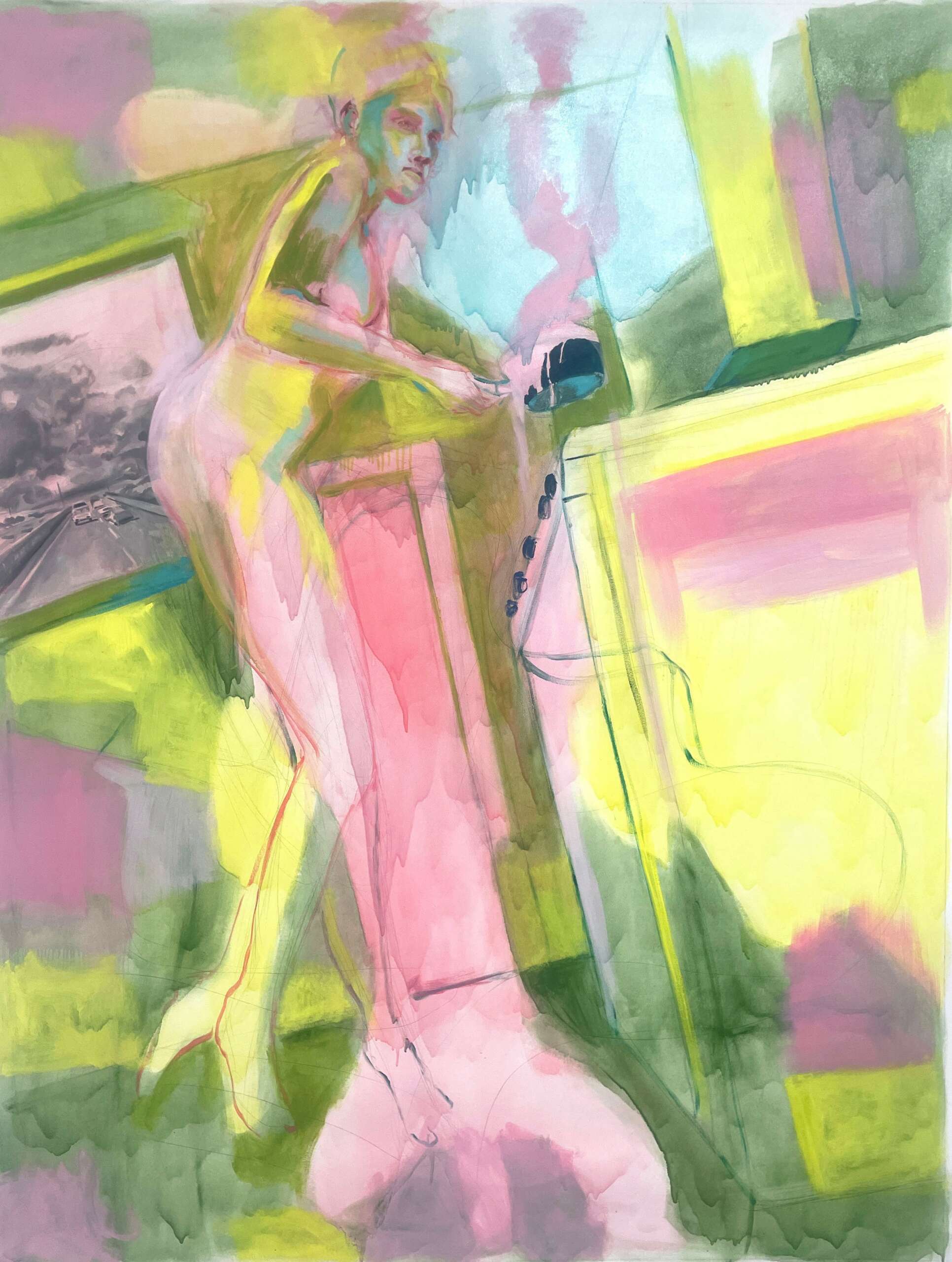
![]()
Are there any books, videos, essays or other resources that have significantly impacted your management and entrepreneurial thinking and philosophy?
I read like a sponge and have a lifelong love of books. Books have been incredibly impactful in my life as an artist, as a woman, and as a human on this planet. The list of books I recommend is enormous but many stand out. The feminist and empowering “My LIfe” by George Sand, who dressed as a man to move freely and publish her writing in a sexist society was practically my bible as a teen. My favorite poets are Jane Hirschfield who I had the honor of hearing read recently in Manhattan, Jorie Graham, Elizabeth Bishop, Ocean Vuong, Rickey Laurentiis and Ruth Danon, among so many others. Poetry may seem like it’s not an obvious choice to answer the question about how books have impacted management and entrepreneurial thinking but I stand by my belief that poetry empowers and heals and is an important resource for anyone who wants to know and act from strong personal core beliefs. Often they are revealed and strengthened by reading poetry. “I shall arise and go now and go to Innisfree” is a line from a Yeats poem that always reminds me to check in with my “deep heart’s core” whenever I feel lost or uncertain in my work and life. I also recommend poetry podcasts like the On Being Project. “Just Kids” by Patti Smith, her memoir, is reassuring and enlightening for anyone but especially artists. For art business matters, I learned a lot from Bridgette Mayer’s Art MBA program at one point about sales and marketing for artists, and from Paddy Johnson’s Netvvrk, which can be found online and on Instagram. Rick Rubin’s “The Creative Act”, a book about artistic process with advice for artists who think about how to improve their practice, was pivotal recently for me. For sustainable studio practices for painters, so important for the planet, I recommend the book “The New Oil Painting.” by Kimberly Brooks. It changed completely the way I handle my materials for the better.
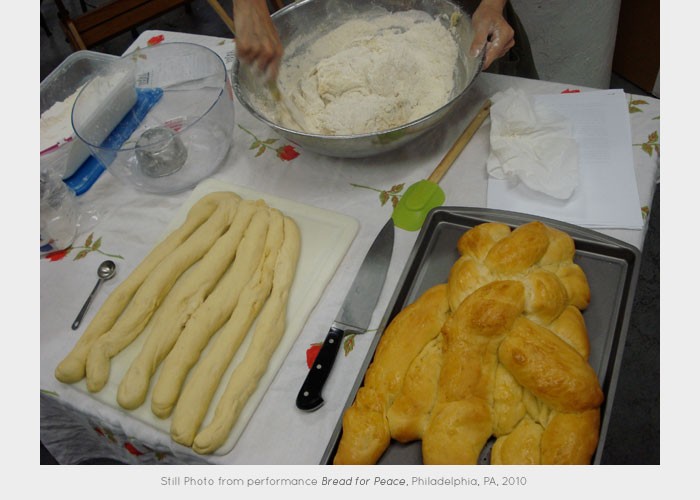

Contact Info:
- Website: https://www.nanringstudio.com/
- Instagram: https://www.instagram.com/ring.nancy/
- Facebook: https://www.facebook.com/nanringstudio
- Linkedin: https://www.linkedin.com/in/nancy-ring-54172514/
Image Credits
All photos copyright Nan Ring Studio, 2024.


